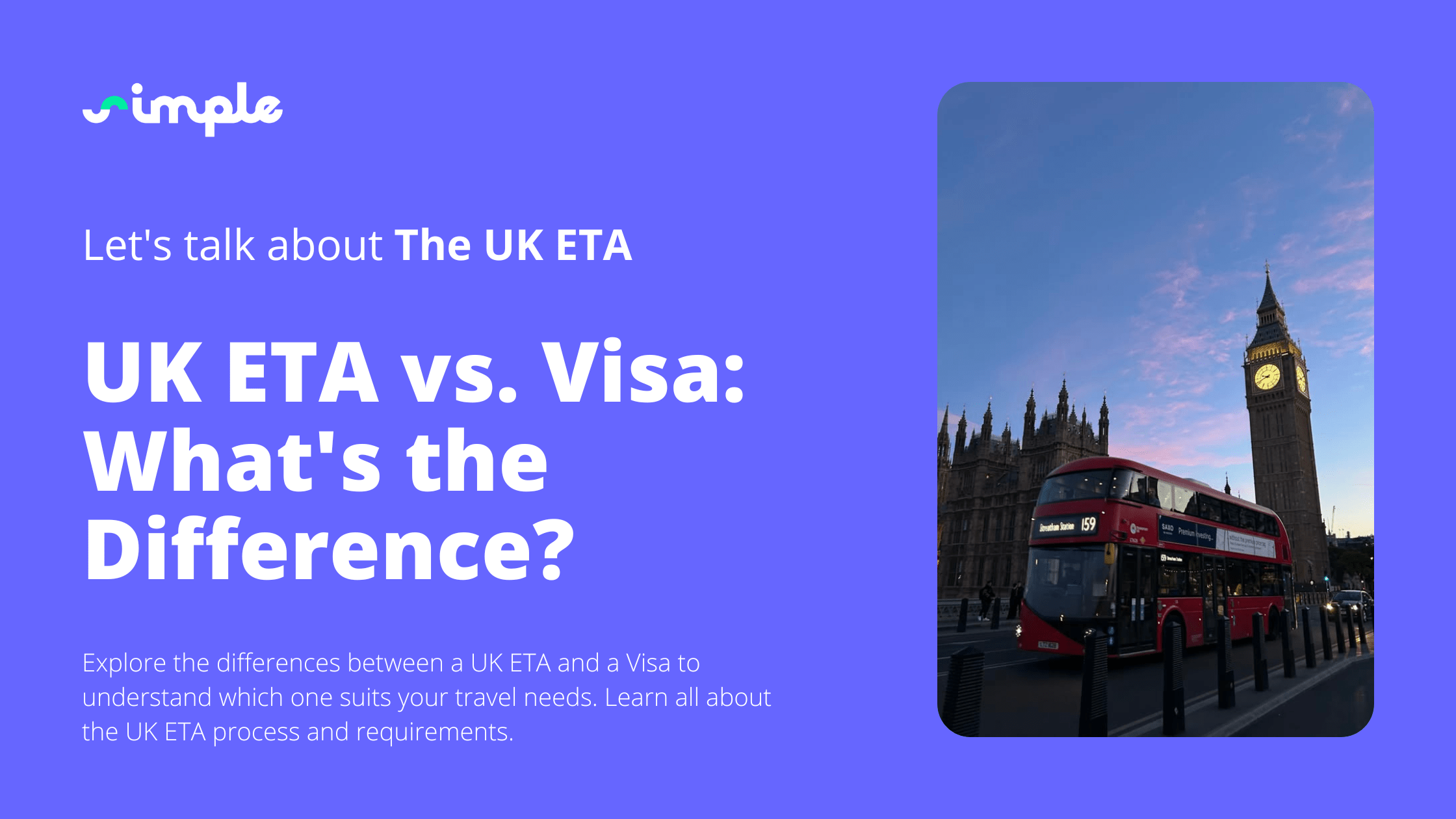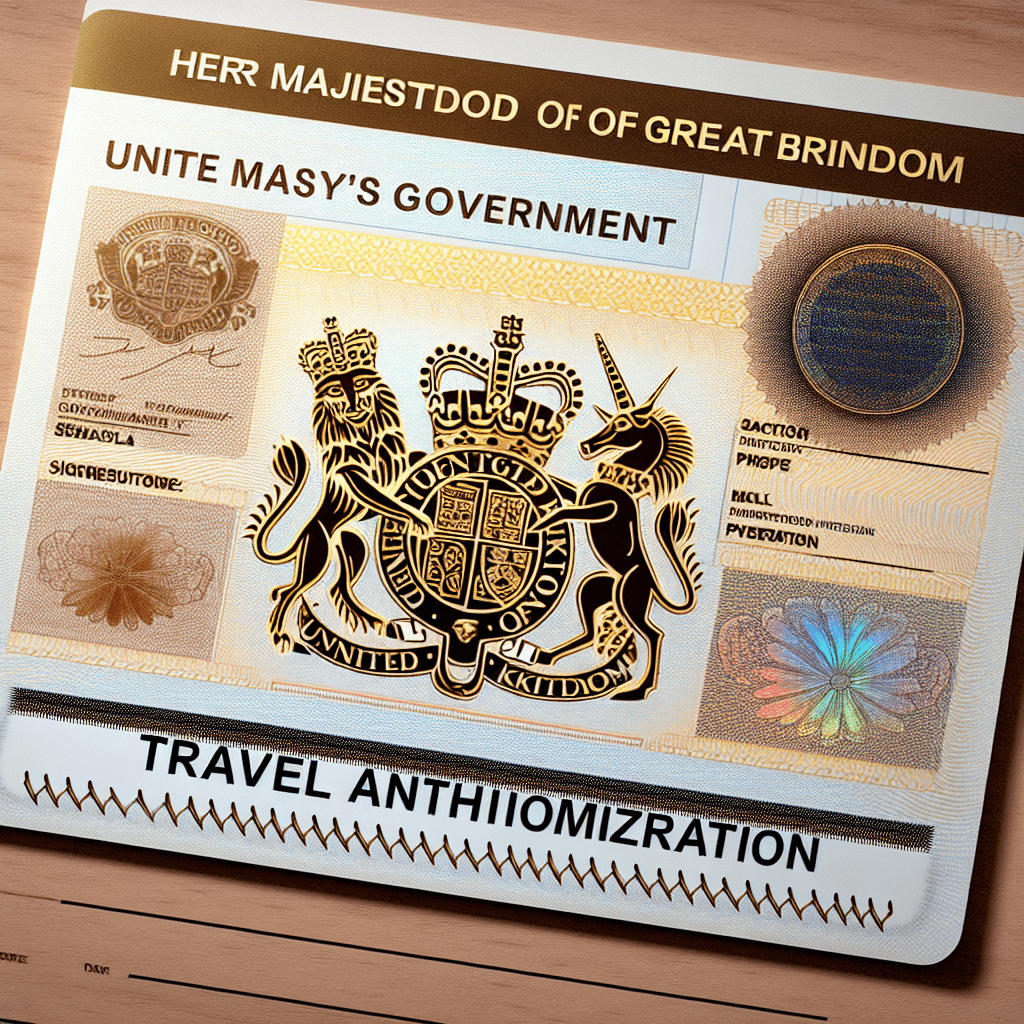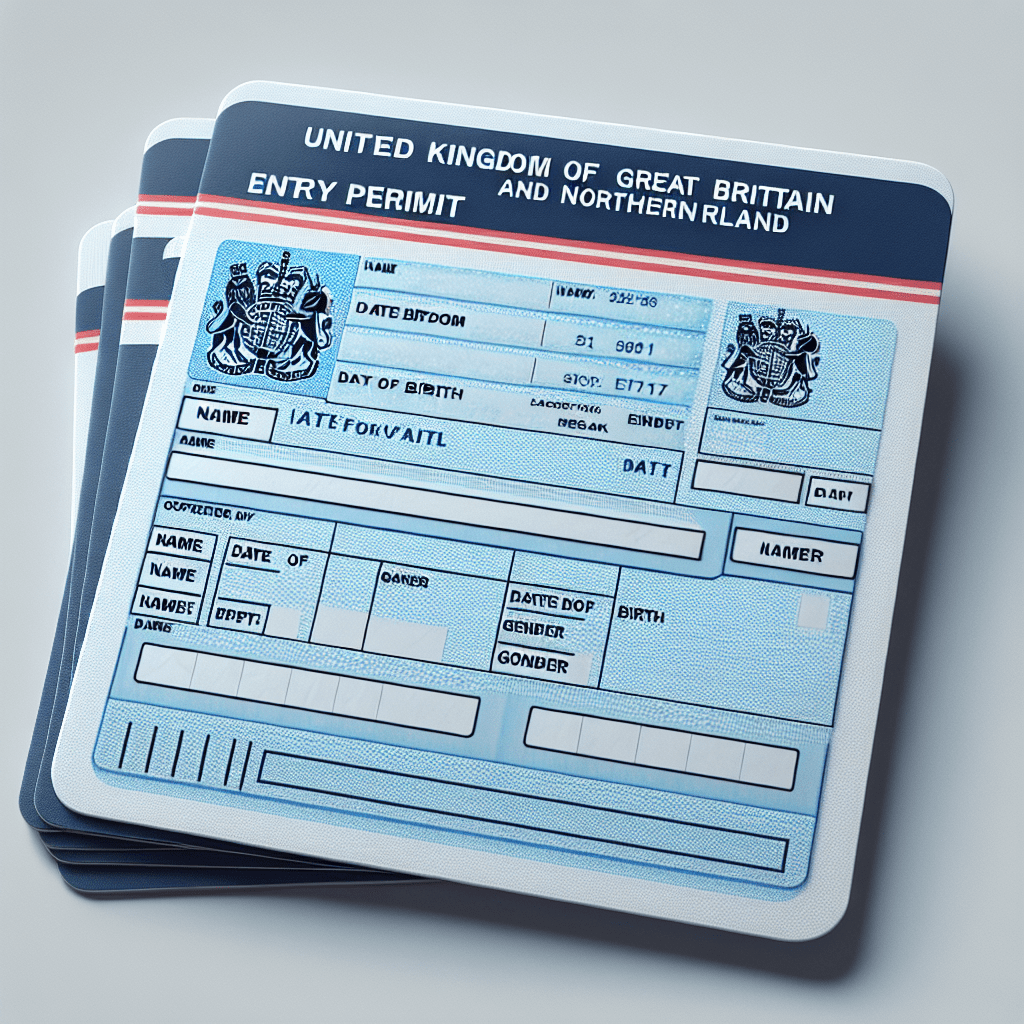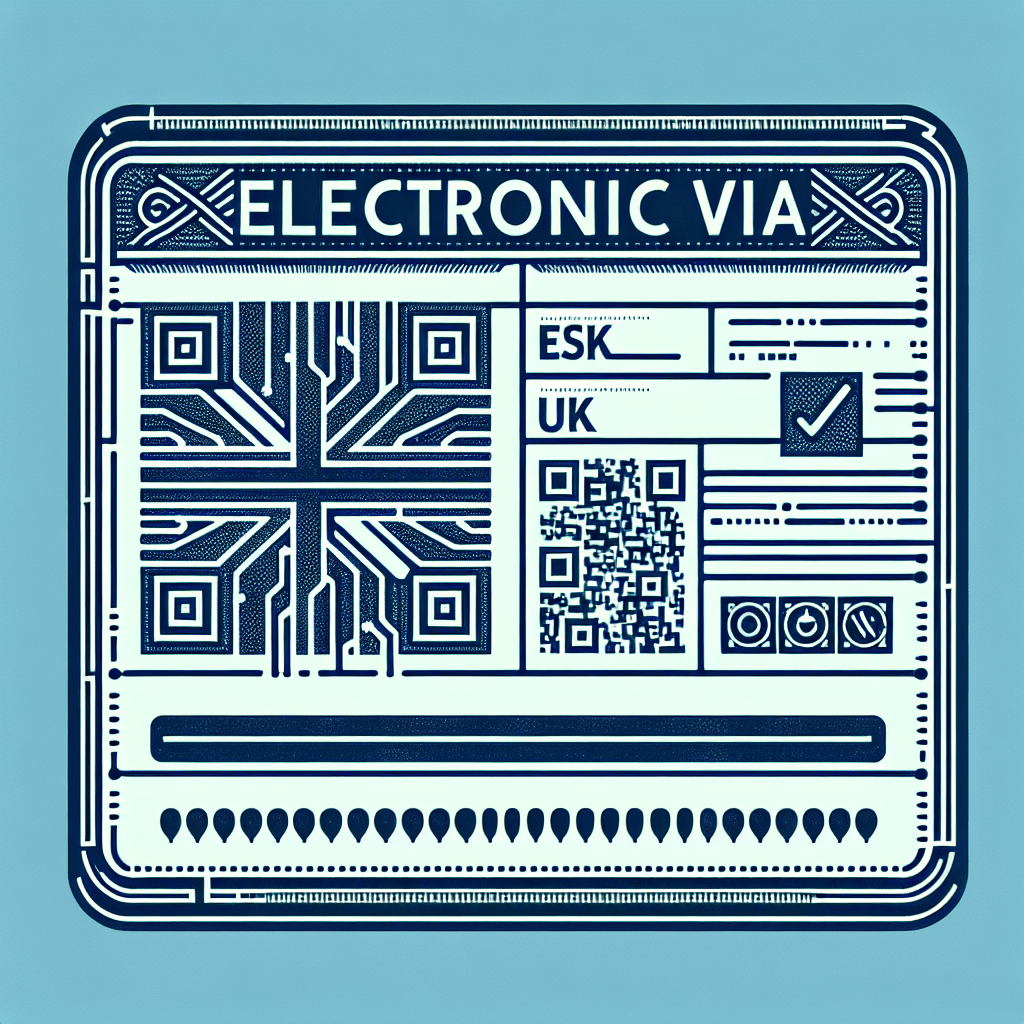UK ETA vs. Visa: What’s the Difference?

Understanding the nuances between the UK Electronic Travel Authorization (ETA) and a traditional visa is crucial for anyone planning to visit the United Kingdom. As global travel becomes increasingly streamlined, the UK has introduced the ETA as a modern solution to facilitate easier entry for eligible travelers. However, the traditional visa system remains in place for those who require a more comprehensive entry permit. Recognizing the differences between these two options can significantly impact your travel plans, ensuring a smoother journey and compliance with UK entry requirements.
For many travelers, the choice between a UK ETA and a visa can be confusing, leading to misconceptions about which document is necessary for their specific travel needs. The UK ETA is designed to simplify the process for short-term visitors, while a visa may be required for longer stays or specific purposes such as work or study. By clarifying these distinctions, travelers can make informed decisions and avoid potential pitfalls at the border. For more detailed information on the UK ETA, you can explore additional resources to guide your travel preparations.

Definition and Purpose
UK ETA
The UK Electronic Travel Authorization (ETA) is a streamlined entry system designed to facilitate travel for individuals from eligible countries. This UK travel authorization is part of the United Kingdom’s efforts to modernize its border control processes, making it easier for short-term visitors to enter the country. The UK ETA is particularly beneficial for tourists and business travelers who plan to stay in the UK for a limited period. It serves as a digital alternative to the traditional visa, offering a more efficient and less cumbersome application process.
One of the primary advantages of the UK ETA is its simplified application procedure. Applicants can complete the process entirely online, eliminating the need for in-person visits to a consulate or embassy. This digital application process is designed to be user-friendly, allowing travelers to submit their information and receive approval within a short timeframe. The UK electronic travel authorization is typically linked to the traveler’s passport, further streamlining the entry process upon arrival in the UK.
Traditional UK Visa
In contrast, the traditional UK visa is a more comprehensive entry permit that caters to a broader range of travel purposes. This British entry permit is essential for individuals who intend to stay in the UK for extended periods or for specific reasons such as work, study, or family reunification. The traditional visa process is more detailed and often requires applicants to provide extensive documentation to support their application.
Obtaining a traditional UK visa involves a more rigorous application process, which may include submitting a UK visa application form, attending an interview, and providing biometric data. Applicants are often required to present various documents, such as proof of financial stability, accommodation details, and a detailed itinerary. This comprehensive approach ensures that the UK government can thoroughly assess the applicant’s intentions and eligibility for entry.
Key Differences
The primary differences between the UK ETA and a traditional visa lie in their scope, eligibility, and application procedures. The UK ETA is designed for short-term visits and is available to citizens of specific countries that have agreements with the UK. In contrast, the traditional visa is available to a wider range of nationalities and covers a broader spectrum of travel purposes.
When it comes to application procedures, the UK ETA offers a more straightforward and faster process, with most applications being processed within a few days. The traditional visa, however, requires a more detailed application, which can take several weeks or even months to process, depending on the type of visa and the applicant’s circumstances. Understanding these key differences is essential for travelers to determine which type of UK entry clearance is appropriate for their needs.

Eligibility and Applicability
UK ETA Eligibility
The UK Electronic Travel Authorization (ETA) is specifically designed for short-term visits and is available to citizens of certain countries that have been designated by the UK government. This UK travel authorization is ideal for tourists and business travelers who plan to stay in the United Kingdom for a brief period, typically up to six months. The eligibility criteria for the UK ETA are straightforward, focusing primarily on the traveler’s nationality and the purpose of their visit.
Travelers intending to apply for a UK ETA must ensure that their visit aligns with the intent and duration restrictions set by the UK authorities. The UK electronic visa is not suitable for individuals planning to engage in long-term activities such as employment or study. Instead, it caters to those visiting for leisure, business meetings, or short-term family visits. The streamlined nature of the UK ETA makes it an attractive option for eligible travelers seeking a hassle-free entry process.
Visa Eligibility
The traditional UK visa offers a broader range of applicability, accommodating various travel purposes beyond short-term visits. This British entry permit is essential for individuals who wish to study, work, or reside in the UK for an extended period. The eligibility criteria for a traditional visa are more comprehensive, taking into account the applicant’s background, the purpose of their visit, and their ability to meet specific UK entry requirements.
Applicants for a traditional UK visa must demonstrate their intent to comply with the conditions of their visa type, whether it be for education, employment, or family reunification. The UK visa application process requires detailed documentation, including proof of financial stability, accommodation arrangements, and, in some cases, sponsorship letters. This thorough approach ensures that the UK government can assess the applicant’s eligibility and intentions accurately, providing a British travel permit that aligns with their travel goals.
Determining the Appropriate Option
Choosing between a UK ETA and a traditional visa depends on several factors, including the traveler’s nationality, the purpose of their visit, and the duration of their stay. For short-term visits, the UK ETA offers a convenient and efficient solution, provided the traveler meets the eligibility criteria. However, for those with more complex travel plans, such as studying or working in the UK, a traditional visa is the appropriate choice.
Travelers must carefully consider their travel objectives and future plans when deciding between a UK ETA and a visa. The implications of this choice can affect not only the entry process but also future travel opportunities to the UK. Understanding the differences in eligibility and applicability between these two options is crucial for making an informed decision that aligns with one’s travel needs and aspirations.

Process and Cost Comparison
ETA Application Process
The UK Electronic Travel Authorization (ETA) offers a streamlined application process that is both efficient and cost-effective. Applicants can complete the UK travel authorization process entirely online, which significantly reduces the time and effort required compared to traditional methods. The online submission system is designed to be user-friendly, allowing travelers to input their details and submit their applications with ease. Once submitted, the processing time for a UK ETA is typically swift, often taking just a few days to receive a decision.
One of the key advantages of the UK ETA is its lower cost compared to traditional visas. The application fees for a UK electronic visa are generally more affordable, making it an attractive option for short-term visitors. This cost-effectiveness, combined with the convenience of online processing, makes the UK ETA a popular choice for eligible travelers seeking a quick and straightforward entry solution.
Visa Application Process
In contrast, the traditional UK visa application process is more comprehensive and involves several steps. Applicants must complete a detailed UK visa application form and provide a range of supporting documents, such as financial statements, accommodation details, and travel itineraries. This British entry permit process may also require biometric data collection and, in some cases, an interview at a UK consulate or embassy.
The fees associated with a traditional UK visa are generally higher than those for a UK ETA. This is due to the more extensive processing involved and the broader range of travel purposes covered by the visa. Additionally, the processing time for a traditional visa can be longer, often taking several weeks or even months, depending on the type of visa and the applicant’s circumstances. This detailed approach ensures that the UK government can thoroughly assess each application, providing a British travel permit that aligns with the applicant’s intentions.
Decision Making
When deciding between a UK ETA and a traditional visa, travelers must consider the timeline and costs associated with each process. For those planning short-term visits, the quick processing and lower fees of the UK ETA make it an appealing option. However, for individuals with long-term plans or specific travel purposes, the traditional visa may be necessary despite its higher costs and longer processing times.
Ultimately, the decision between a UK ETA and a visa should be based on the traveler’s specific needs and circumstances. By understanding the differences in process and cost, travelers can make informed decisions that align with their travel goals and ensure a smooth entry into the United Kingdom.

Conclusion
Choosing the right entry option for travel to the United Kingdom is crucial for ensuring a smooth and hassle-free journey. The decision between a UK Electronic Travel Authorization (ETA) and a traditional visa should be tailored to the traveler’s specific needs and circumstances. For short-term visitors from eligible countries, the UK ETA offers a convenient and cost-effective solution, providing quick access to the UK with minimal paperwork. On the other hand, those with long-term plans or specific purposes such as work or study will find the traditional visa more suitable, despite its more comprehensive application process and higher costs.
Understanding the differences between these entry options allows travelers to align their choice with their travel objectives, ensuring compliance with UK entry requirements and avoiding potential issues at the border. By selecting the appropriate entry permit, travelers can focus on enjoying their time in the UK, whether for leisure, business, or personal reasons. The importance of making an informed decision cannot be overstated, as it directly impacts the overall travel experience and future opportunities for visiting the UK.
Staying informed about UK entry requirements is essential for all travelers, regardless of their chosen entry option. The UK government frequently updates its immigration policies and procedures, making it vital for travelers to keep abreast of any changes that may affect their travel plans. By regularly checking official sources and seeking guidance when necessary, travelers can ensure they have the most up-to-date information and are fully prepared for their journey.
Encouraging travelers to remain informed not only helps in selecting the right entry option but also fosters a sense of confidence and security when traveling to the UK. Being well-prepared and knowledgeable about entry requirements can significantly enhance the travel experience, allowing individuals to focus on the purpose of their visit and make the most of their time in the United Kingdom. By prioritizing awareness and understanding, travelers can navigate the complexities of UK entry with ease and assurance.